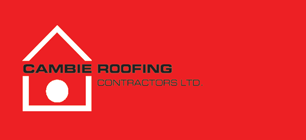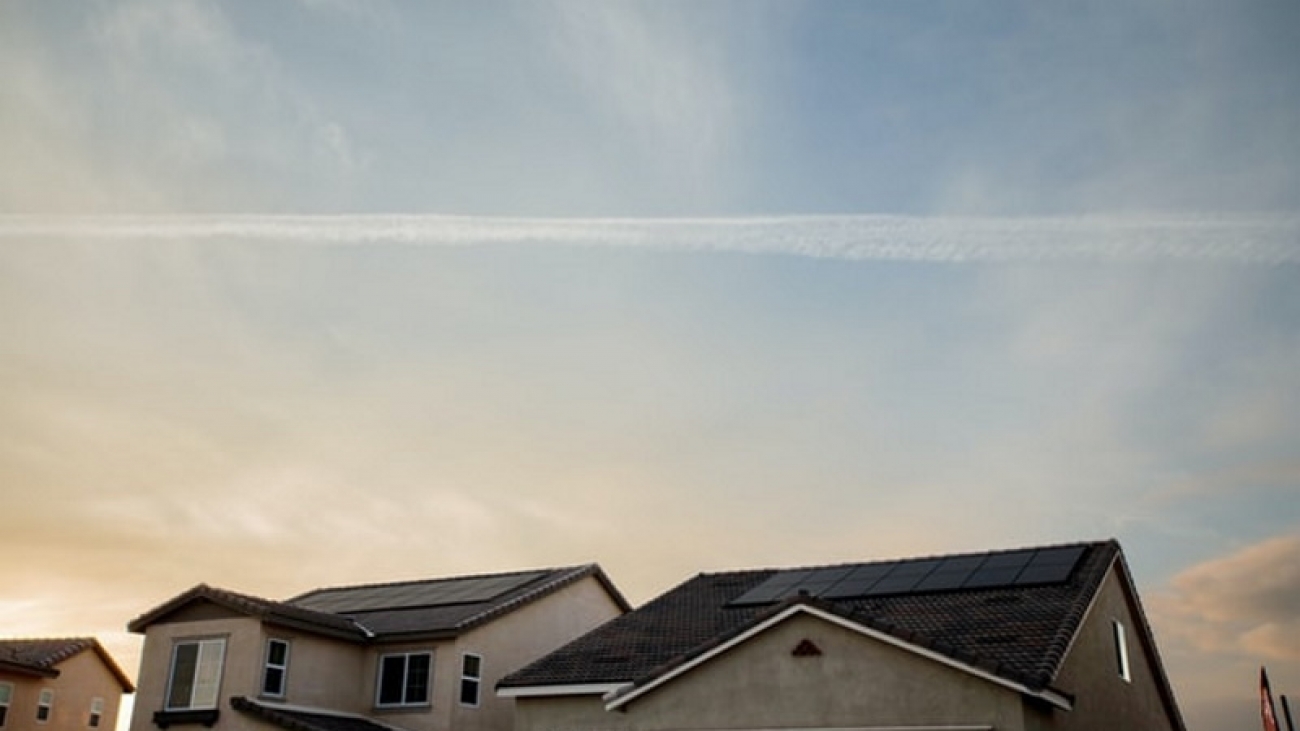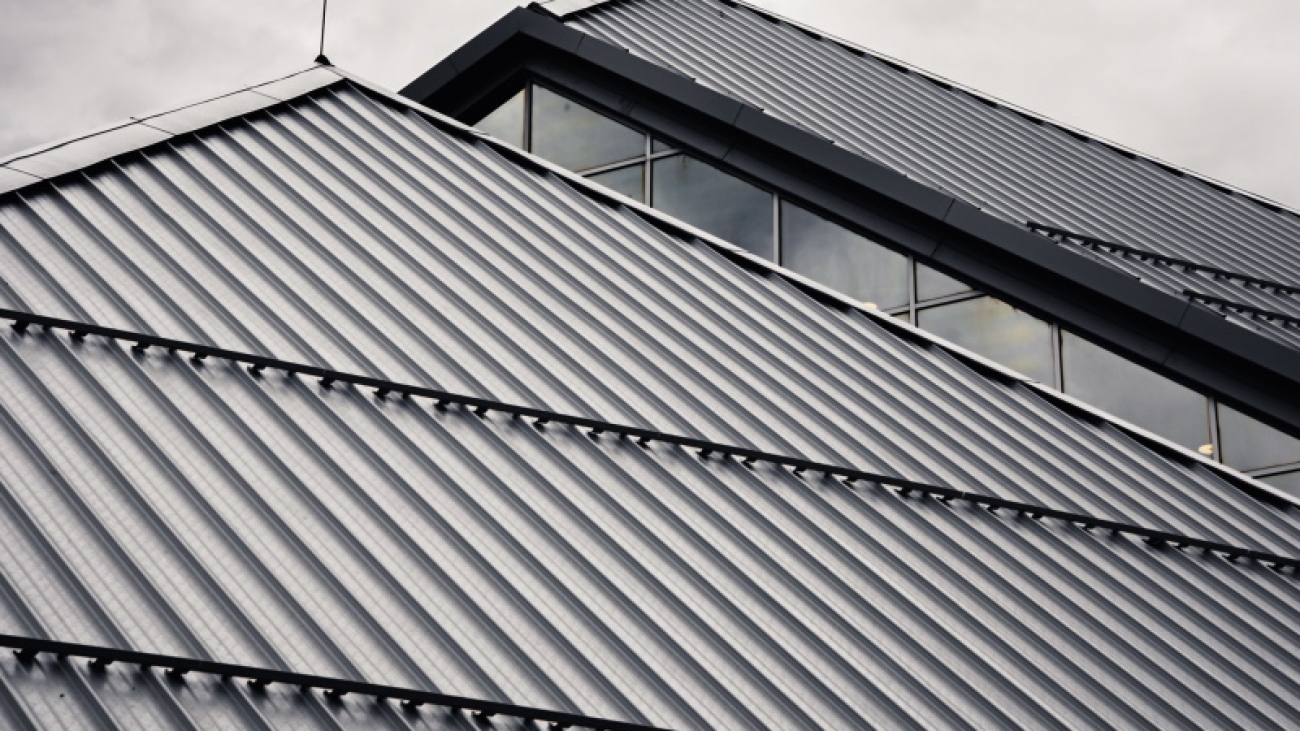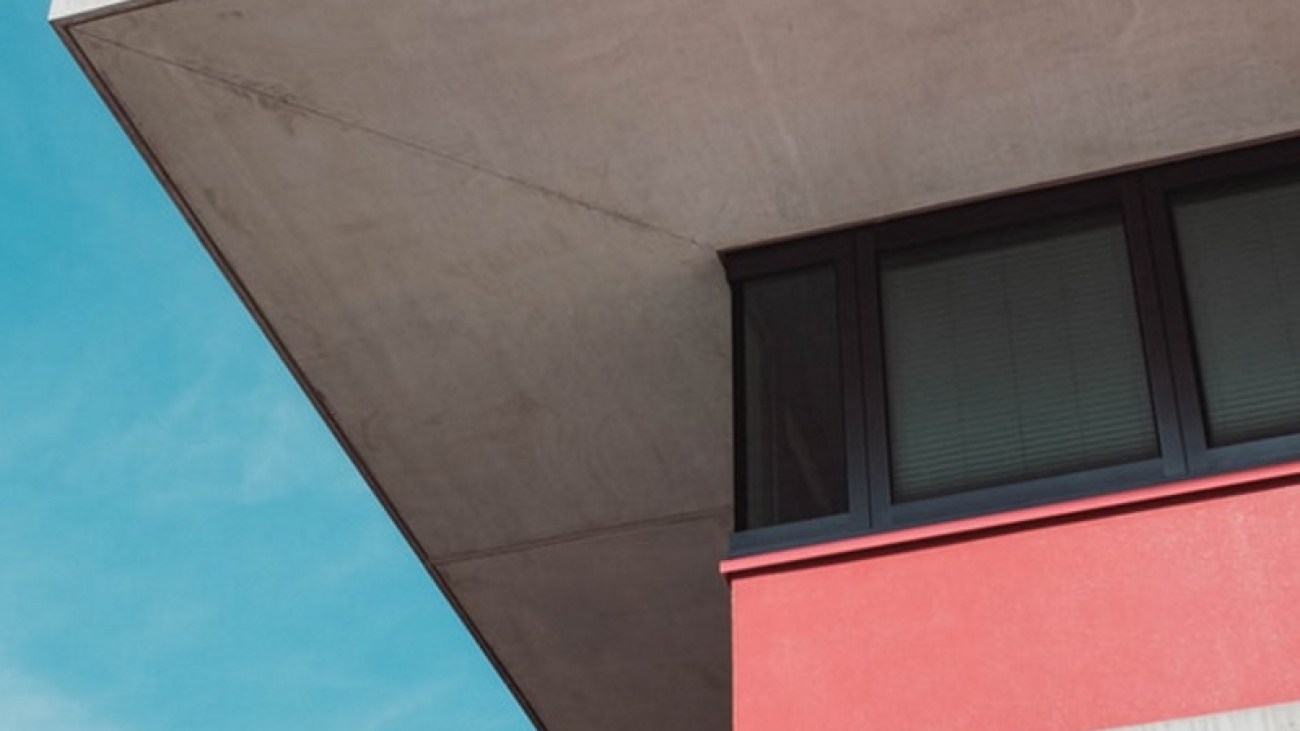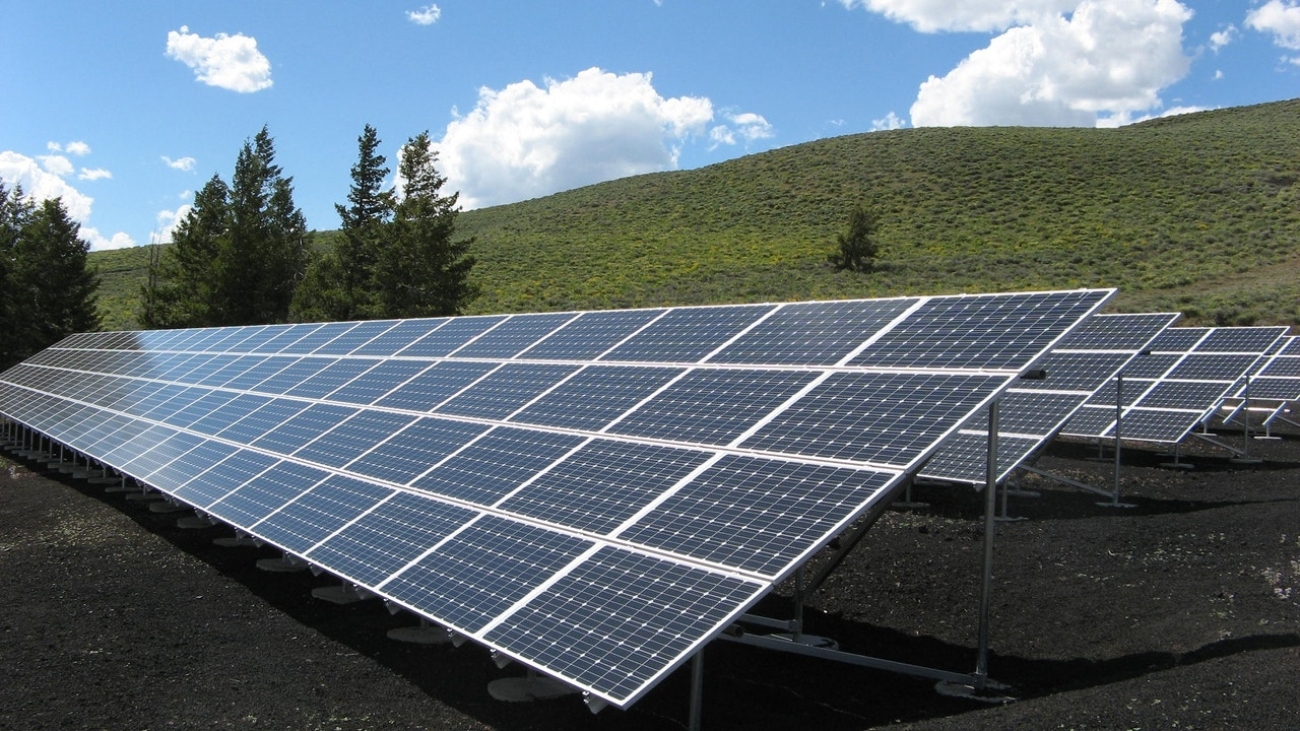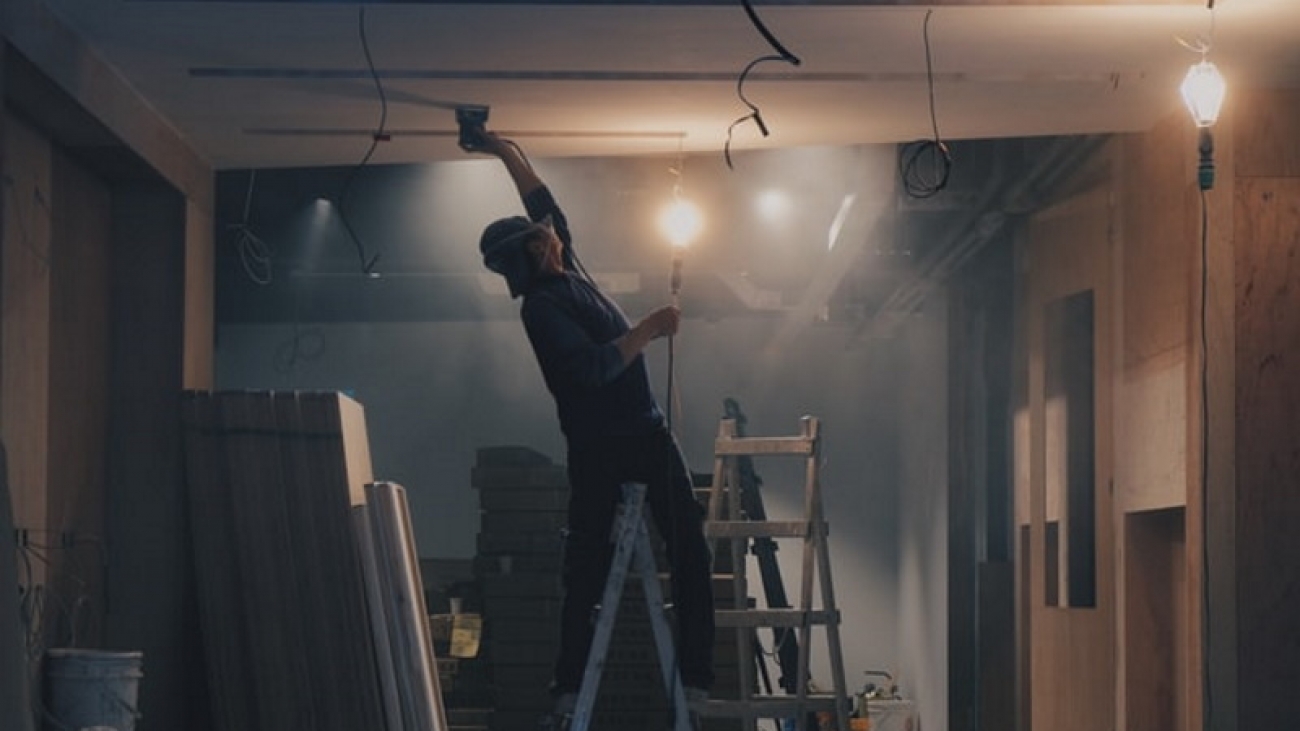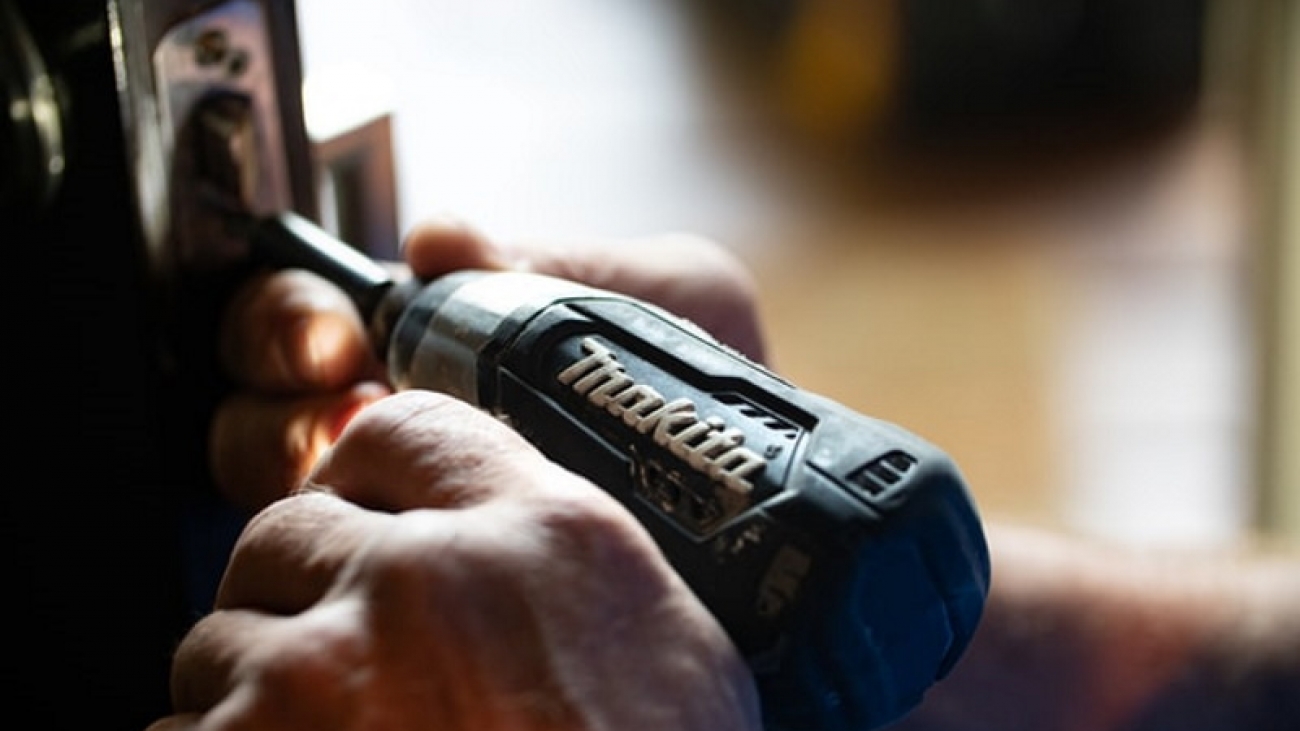Vancouver is known for its mild climate and temperate environment, but these perks can’t protect your home from the weather. Regardless of where you live, roofs play an indispensable role in preventing water and moisture from entering the walls and, subsequently, in your living space. However, if your roof is old and damaged or has construction defects that can’t be fixed, then it’s time to look into a replacement. Roof replacement in Vancouver makes sense in a few situations, including:
- If your roof is damaged or has several leaks
- If you need to add insulation to your attic
- If you have shingles that are over 15 years old
- If you are building a new home
But navigating this pricey endeavour can be overwhelming if you’re not sure where to start.
Assess the Damage First
Before doing anything else, assess the damage so you can find out exactly what your roof needs. For example, you’ll likely need a new roof if there are several leaks because shingles can’t be patched together.
Unless your roof is still under warranty, you must look into a replacement immediately because shingles don’t last forever. Even if there aren’t any leaks and your shingles look perfectly fine, it’s still a good idea to replace them when they’re almost two decades old because of weather damage.
The sun and rain will slowly erode your shingles over several years, potentially leading to leakage.
Finding a Skilled and Reliable Roofer
The most important aspect of a roof replacement project is finding the right contractor. Mind you, it’s easier said than done, knowing the fact that there are hundreds of prospective roofers in Vancouver alone. But you don’t have to overwhelm yourself – all you need is to follow these tips for Roof replacement in Vancouver:
Tip 1 – Consult with family, friends, or other members of the community.
Expect other homeowners to have personal experiences with a contractor with similar credentials to what you’re looking for. If someone can recommend a reliable contractor, then this is the best way to get started.
Be sure to validate any information through the Better Business Bureau; you’ll see if there’ve been complaints or violations with the contractor in their previous projects.
Tip 2 – Work with a certified and licensed roofing contractor.
The roofing industry comprises several specialties, so you’ll need to find one that has the credentials for your particular project, whether it’s a simple asphalt shingle replacement or designing and installing metal roofs.
By looking up their membership database, you can check if your contractor is certified with the Canadian Roofing Contractors Association (CRCA). This tells you that they’ve been vetted and provided quality workmanship to their clients for several years now.
Credentials vary depending on the project, so you must look into your contractor’s specific experience and background.
Tip 3 – Narrow your list down and do interviews.
>Once you’ve compiled a list of roofers, it’s time to narrow them down further by interviewing each one. This will allow you to ask specific questions about their work history and qualifications, giving you an idea of whether they are well-suited for your project.
When doing interviews, there are several key points that you should consider:
- Does your roofer have a strong affiliation with a company or business?
- How long has the contractor been in business?
- What kind of experience does the contractor have with roof replacement projects like yours?
- What’s included in their quotes, and how do they measure up to the competition?
At the end of your interview, there must be a good rapport between you and your contractor. It’ll make working together much easier in the future when problems arise with your roof replacement project.
Tip 4 – Get a reasonable quote.
After doing interviews with your shortlisted contractors, it’s time to get quotes from them. You’ll need to ask each contractor for the same set of information so you can compare their quote against one another.
Be sure to ask about their company profile and qualifications; this will give you a good idea if they’re capable of handling your roof replacement project.
Their quote should include the following:
- A breakdown of costs associated with their project
- The length of time it will take to complete your roof replacement
- References from other satisfied clients
- A timeline for the project if you must coordinate multiple contractors during a specific period
Tip 5 – Dig deep on project logistics.
You should have a list of qualified roofers at this stage, and they’ve provided their quotes for your approval. Now it is time to do some digging into the logistics of the project.
By asking these questions, you’ll know if your chosen contractor has all the necessary skills to complete the project:
- How long will the roof replacement project take, from start to finish?
- What’s included in their quote, and what are the price variations if you need additional services or materials?
- Are there any extra charges for late-night work so your home won’t be disturbed?
- How will they prepare your home for roof replacement, such as putting up protective tarps, and how long will it take to do so?
It’s crucial your contractor is reliable and can provide you with accurate information about their company. However, you should also feel comfortable with them; if they fail to answer your questions, you must consider this a major red flag.
Tip 6 – Get everything in writing.
Negotiating with a contractor can be stressful and confusing, especially if the two of you aren’t on the same page about specific details. However, some things may seem trivial now, but they’re important to note as you’ll need them later down the line.
When working with your contractor, make sure you get everything in writing regarding the following:
- Their company profile and qualifications
- The costs involved for your project
- If there are any additional charges, what they are and how much they cost
- Any warranties available to you upon completion of the project
- What is included in your quote and the variations if you need additional services
- The timeline for completion of your roof replacement project
- Your responsibilities as a homeowner
- Their responsibilities as a contractor, including any liability should accidents or damages occur on site
It’s best to draft up a contract that both parties can sign. This will remove any confusion about what was agreed upon and help you get on the same page.
Don’t Be Afraid to Look Elsewhere
Reliable contractors are worth their weight in gold, but there may be times when you feel that your roof replacement project has taken too much of a toll on you. Other reasons for getting quotes from other contractors include feeling that someone else can do the job faster or better than your preferred person.
Take the time to compare different quotes and ensure you’re getting the best value for your money. If you’re not, then it’s time to look elsewhere and find someone who can help you with your roof replacement project.
